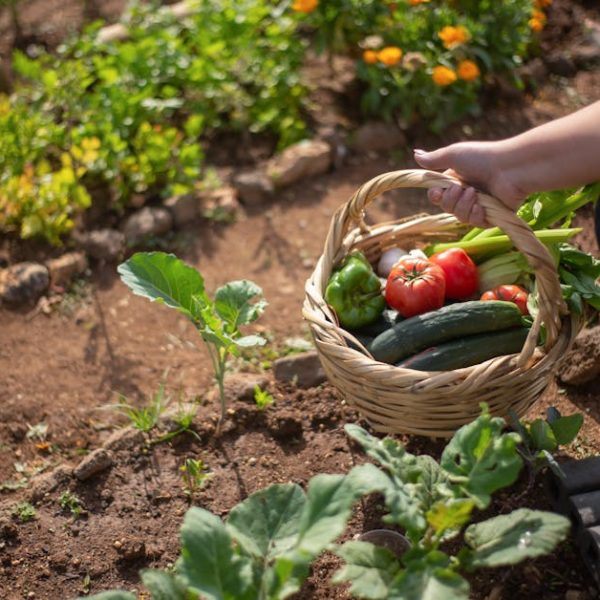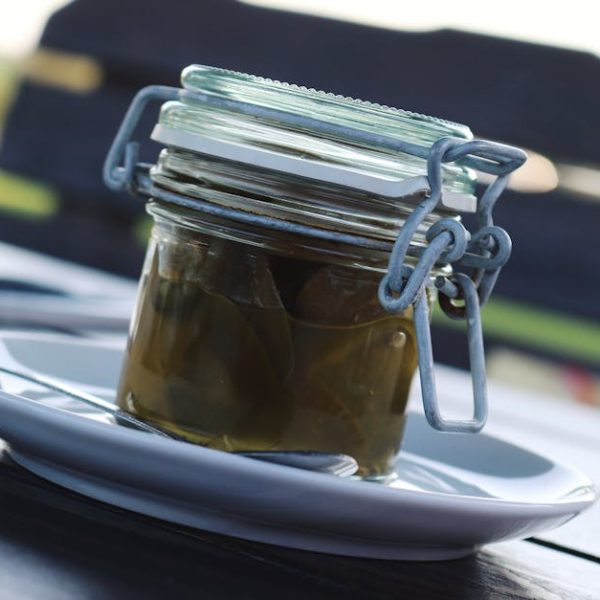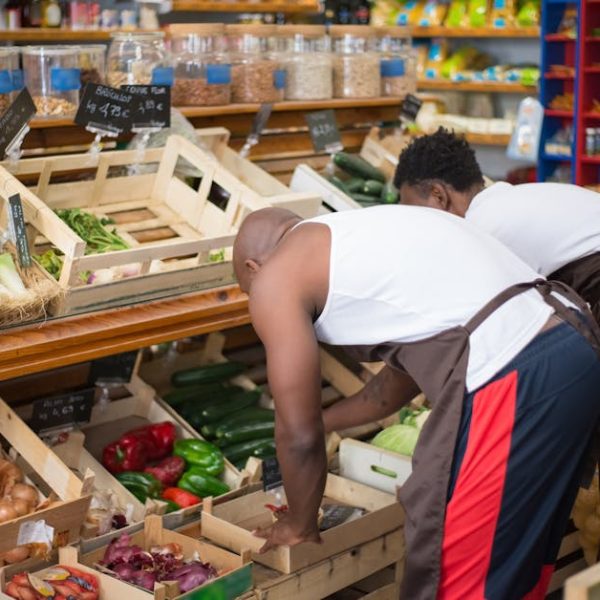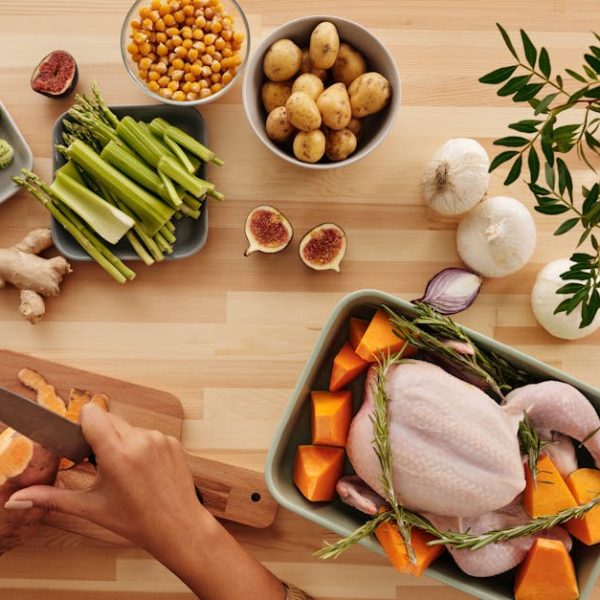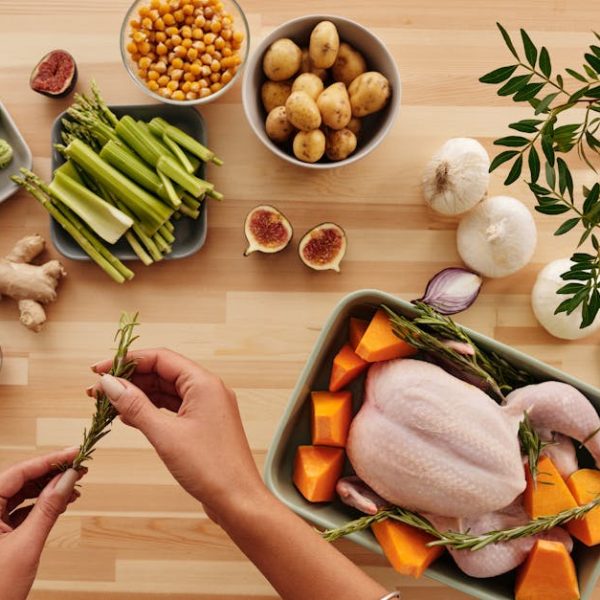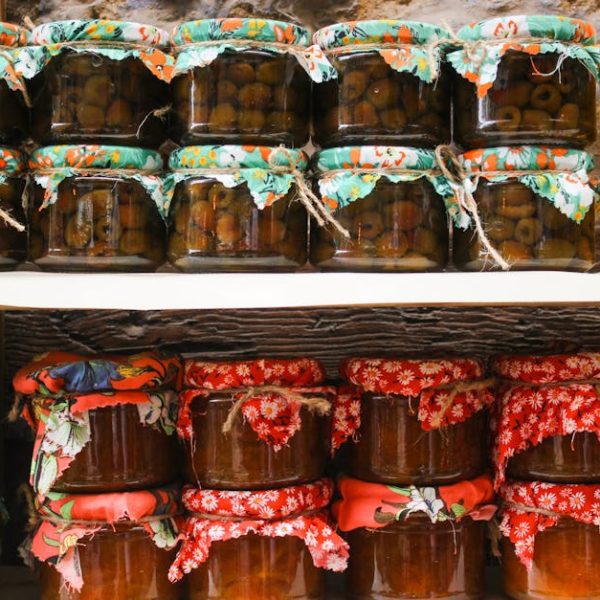Press pause on tossing corn cobs post-dinner. Did you know that you can preserve that fresh, sweet summer corn to enjoy all year round? Canning corn, although sounding a bit old-fashioned, is far from being outdated. Instead, it’s an exciting, practical, and cost-effective kitchen project that is good for your health and your pocket. So, get set to be a home canner with our easy-peasy guide on the ‘how tos’ of canning corn.
Understanding the Basics of Canning Corn
Canning corn, simply put, is the process of packing fresh corn kernels into a jar, heating it to kill spoilage organisms and then sealing it hermetically to create a vacuum seal. This sterile environment prevents the growth of bacteria, yeast or molds, hence preserving the corn for an extended period.
Highlighted benefits are notably the preservation of freshness, nutritional value of corn, and the ability to control the ingredients hence health risks associated with preservatives. Cost-effectiveness is the cherry on top!
To embark on your canning journey, you need to get familiar with certain terms such as:
- Blanching: A heat-and-cool process to kill enzymes in the vegetables before canning.
- Pressure canning: A high-heat process used for low-acidity foods like corn.
- Jar sealing: Ensuring the lids are on tight and have popped down indicating that a vacuum seal has formed.
Pro Tip: Begin with a clean and sanitized environment and equipment. This is crucial in canning to prevent contamination.
- Checklist ✅:
- Fresh corn
- Canning jars, lids, and bands
- Pressure canner
- Canning tools like jar lifter, headspace tool
Method 1: Canning Corn using Hot Water Bath
The hot-water-bath method is the first method on our list. As the name suggests, it involves immersing canning jars with corn, into boiling water. Steps are pretty simple, and here’s a breakdown:
- Start with fresh, sweet corn.
- Shuck the corn and remove silky thread using a soft brush or hands.
- Cut the corn off the cob neatly.
- Pack the corn into the jars leaving an inch of space from the top (headspace).
- Add boiling water, leaving the same headspace.
- Wipe the rims and lids properly, and fix the lids.
- Place jars into the large pot with water and boil jars for suggested processing time.
Best practice : Always leave an inch of space from the top in the jars. This allows for expansion during the processing stage.
| Pros | Cons |
|---|---|
| Easy for beginners | Not for low-acid foods |
| Requires basic equipment | Longer processing time |
Method 2: Canning Corn using Pressure Canning
Pressure canning is the second method which is a higher-heat process due to the use of a pressure canner. It’s perfect for preserving low-acid foods, including corn. Here’s a guide on how to go about it:
- Start by cleaning and preparing the corn just like the first method.
- Pack the corn into the jars creating an ample amount of headspace.
- Pour boiling water over the corn still considering the headspace.
- Wipe-off any residue from the rims and apply the lids securely.
- Set up your pressure canner as per the manufacturer’s instructions and place your jars inside.
- Allow the canner to reach the required pressure and maintain it for the suggested processing time.
Although pressure canning requires a specific piece of equipment and a certain comfort level with its use, it is a quicker and more energy-efficient way of canning low-acid foods like corn. On the other hand, a hot water bath canning, though easier, is more time-consuming and not suitable for non-acidic foods.
Pro Tip: Ensure that pressure levels are reached and maintained to properly preserve the corn in the most efficient way.
Storing Canned Corn & Shelf-life
After successfully canning your corn, store it in a cool, dark, and dry place to extend its shelf-life. Though home-canned corn can last up to a year or even beyond, it is always best to consume it within a year for maximum freshness and nutritional value.
Checklist ✅: Check regularly for signs of spoilage. These could be a change in colour, foul smell, or a broken seal.
Pro Tip: Always label your jars with the canning date. It not only helps in tracking the shelf-life of canned corn but also organizes your pantry efficiently.
Making the Most of Canned Corn: Recipes & Uses
Time to enjoy the fruits (or in this case – vegetables) of your labour! Canned corn can be incredibly versatile and can be used in a variety of dishes from creamy corn soup and flavourful casseroles to colourful salads and side dishes.
Best practices : When heating canned corn, be sure to do so gradually. Rapid changes in temperature could cause the texture to soften too much and affect the flavor.
Here are just a few ideas of where you can use your canned corn:
- Corn chowder
- Corn salsa
- Mixed vegetable salads
- Cornbread
- Stir-fry dishes
Now that you have all this knowledge about canning corn, it’s time to put it into practice. Armed with fresh corn, jars, and this guide, you’re all set to be a master canner. It’s a kernel of wisdom that you’ll thank yourself for, corn-stantly!
Key Takeaway:
- Canning corn at home is an economical and health-friendly method to preserve corn for longer periods.
- Two methods can be used for canning, i.e., hot water bath canning for beginners and pressure canning for advanced level.
- Freshness, nutrition, and cost-effectiveness are three significant advantages of canning corn at home.
- To maintain the quality of canned corn, it’s essential to store them in a cool, dry, and dark place and check them regularly for signs of spoilage.
- Canned corn can be utilized in various recipes, making it a versatile ingredient for different dishes.
By preserving corn through canning, not only can you enjoy this flavorful vegetable year-round but also, you will have a readily available ingredient to churn out tasty meals. With a bit of practice, you can turn this activity into a fun and rewarding hobby.
FAQs
Q: What are the necessary equipment for canning corn at home?
A: The basic equipment includes fresh corn, canning jars, lids, bands, pressure canner, and canning tools like a jar lifter and headspace tool.
Q: How do I know if the canned corn has gone bad?
A: Signs of spoilage in canned corn include color changes, bad smell, or a broken seal on the jar.
Q: Can I can corn without a pressure canner?
A: Yes, you can use the hot water bath method for canning. However, this method is not suitable for low-acid foods.
Q: How long can I store canned corn?
A: Ideally, canned corn should be consumed within a year for maximum freshness and nutritional value. However, it can last beyond a year if stored correctly.
Q: Can I use canned corn in any recipe that requires corn?
A: Yes, canned corn is a versatile ingredient that can be used in a plethora of dishes, including soups, casseroles, salads, and stir-fry dishes.
Feel free to share this article with others and explore more posts on our website.
